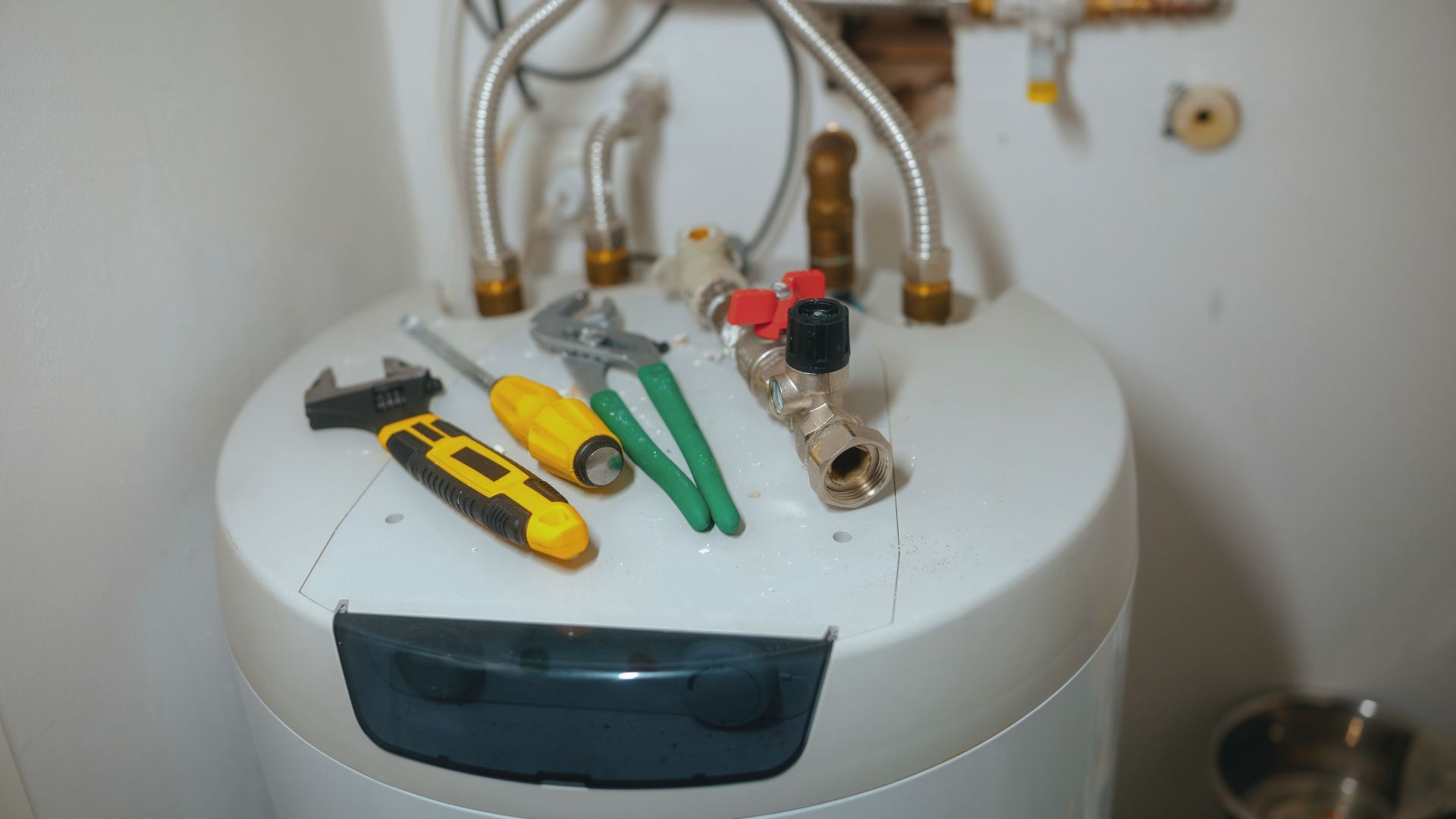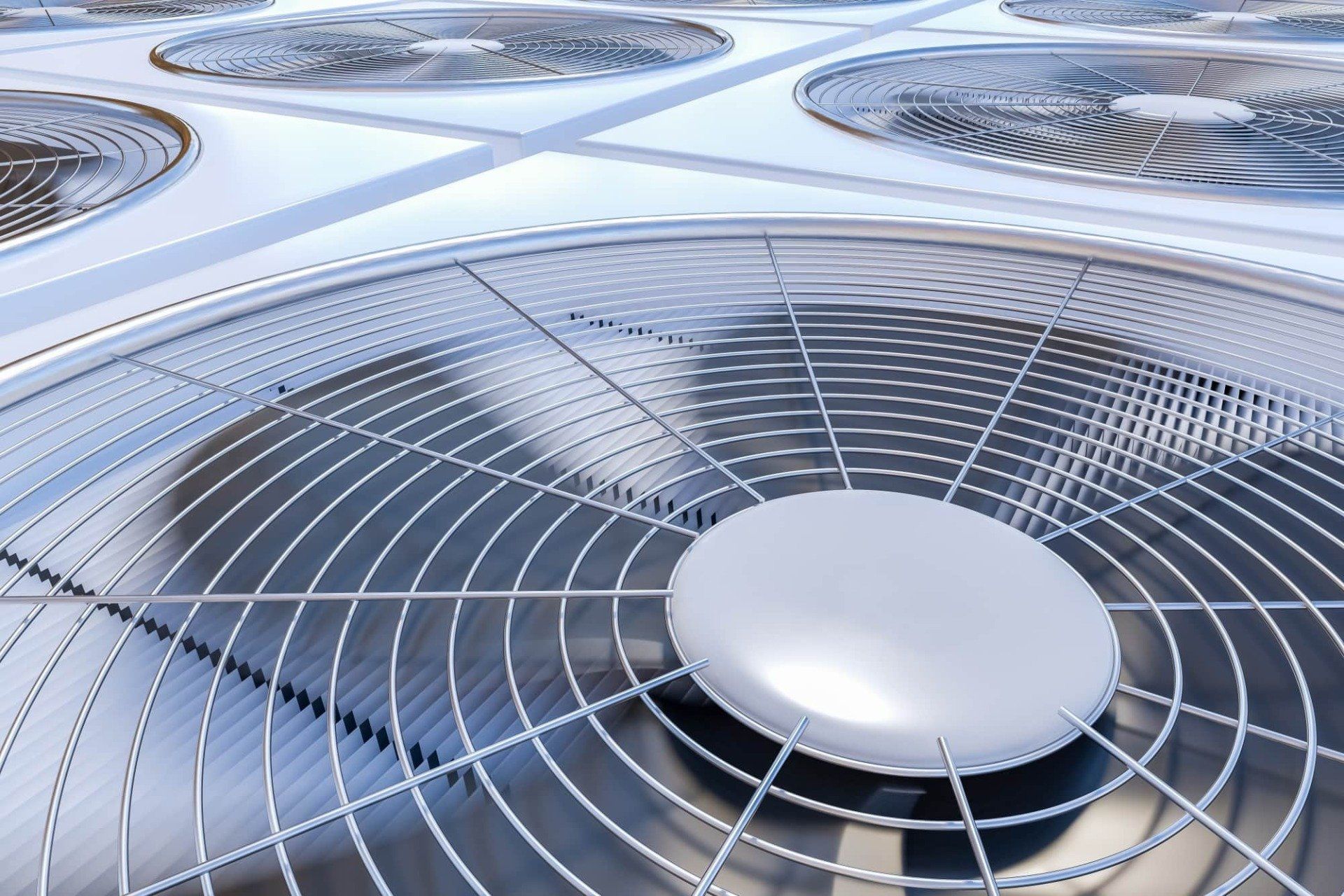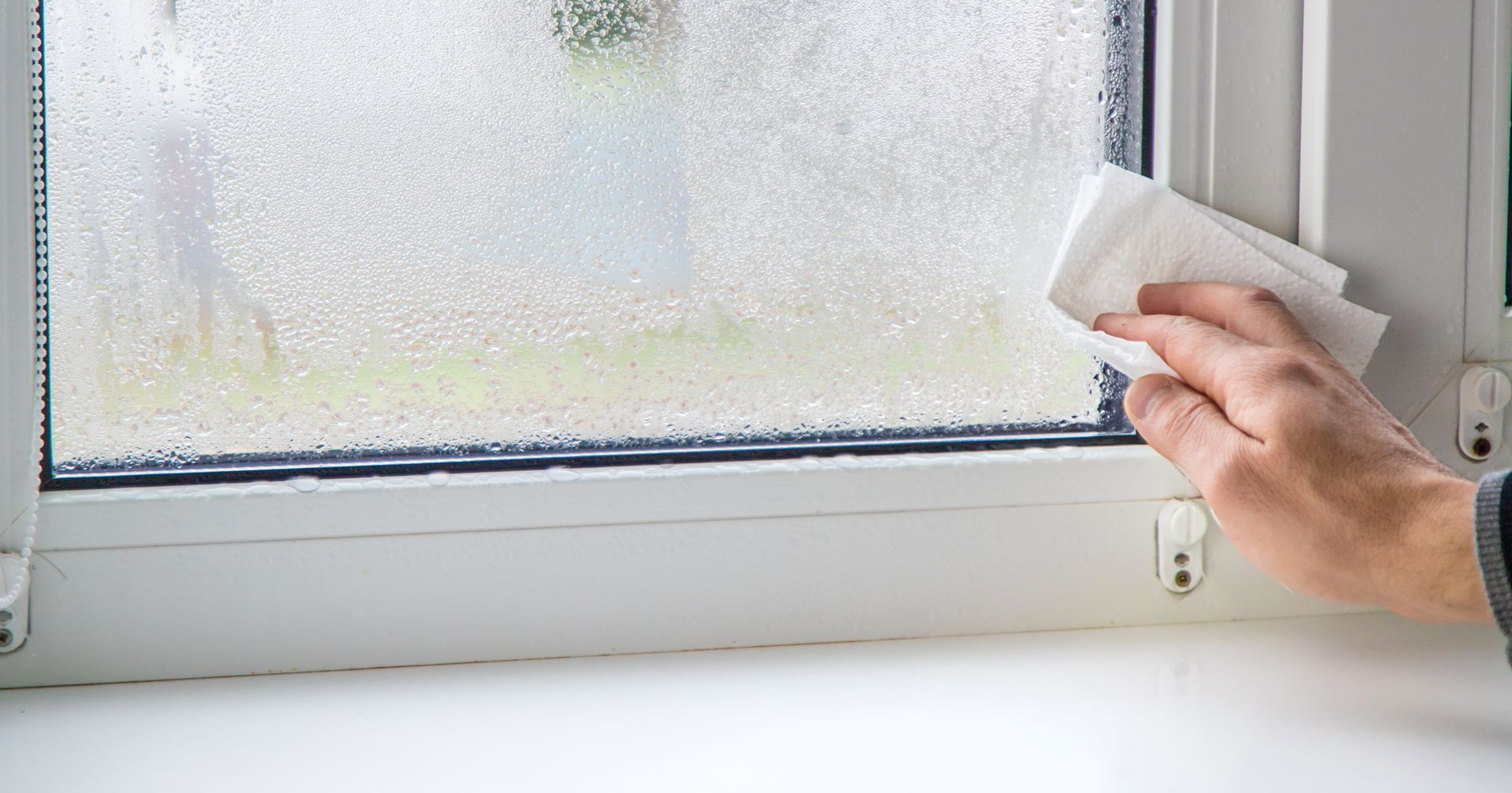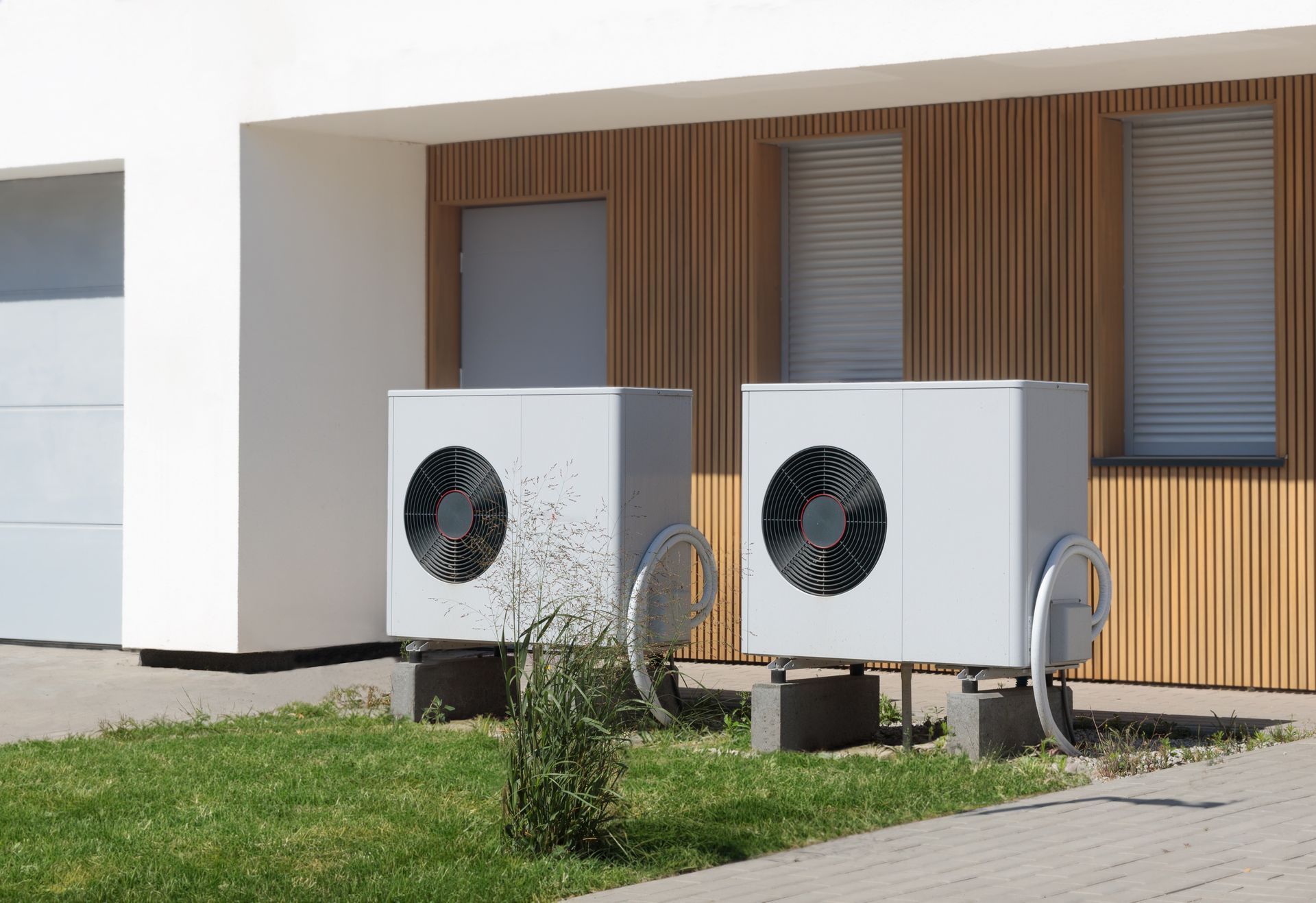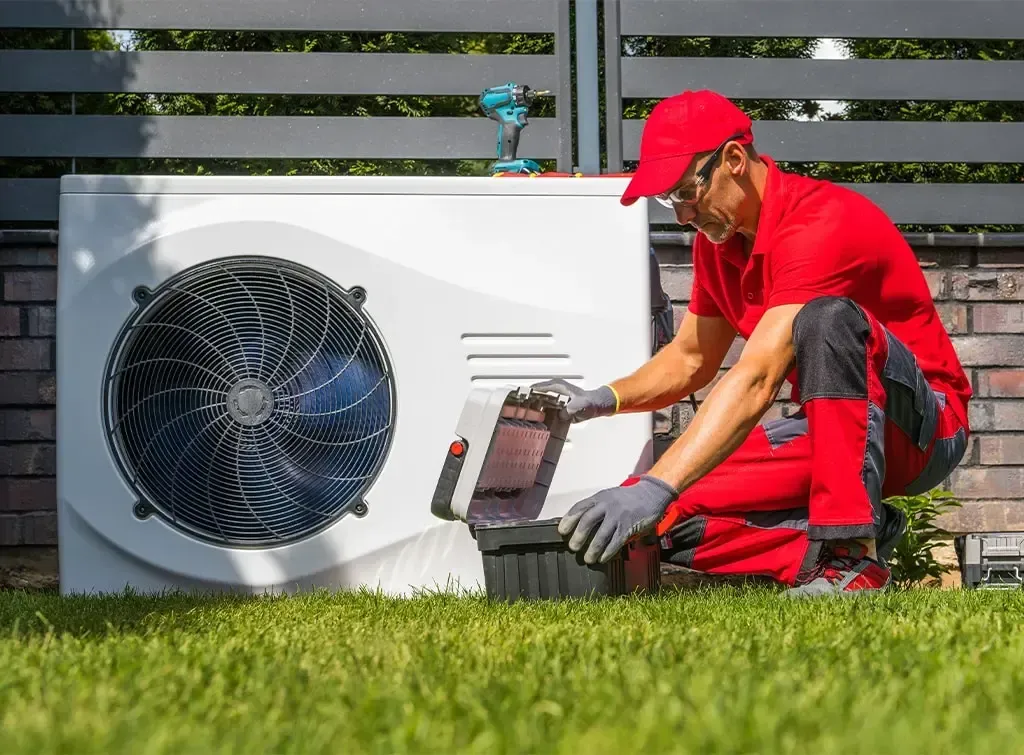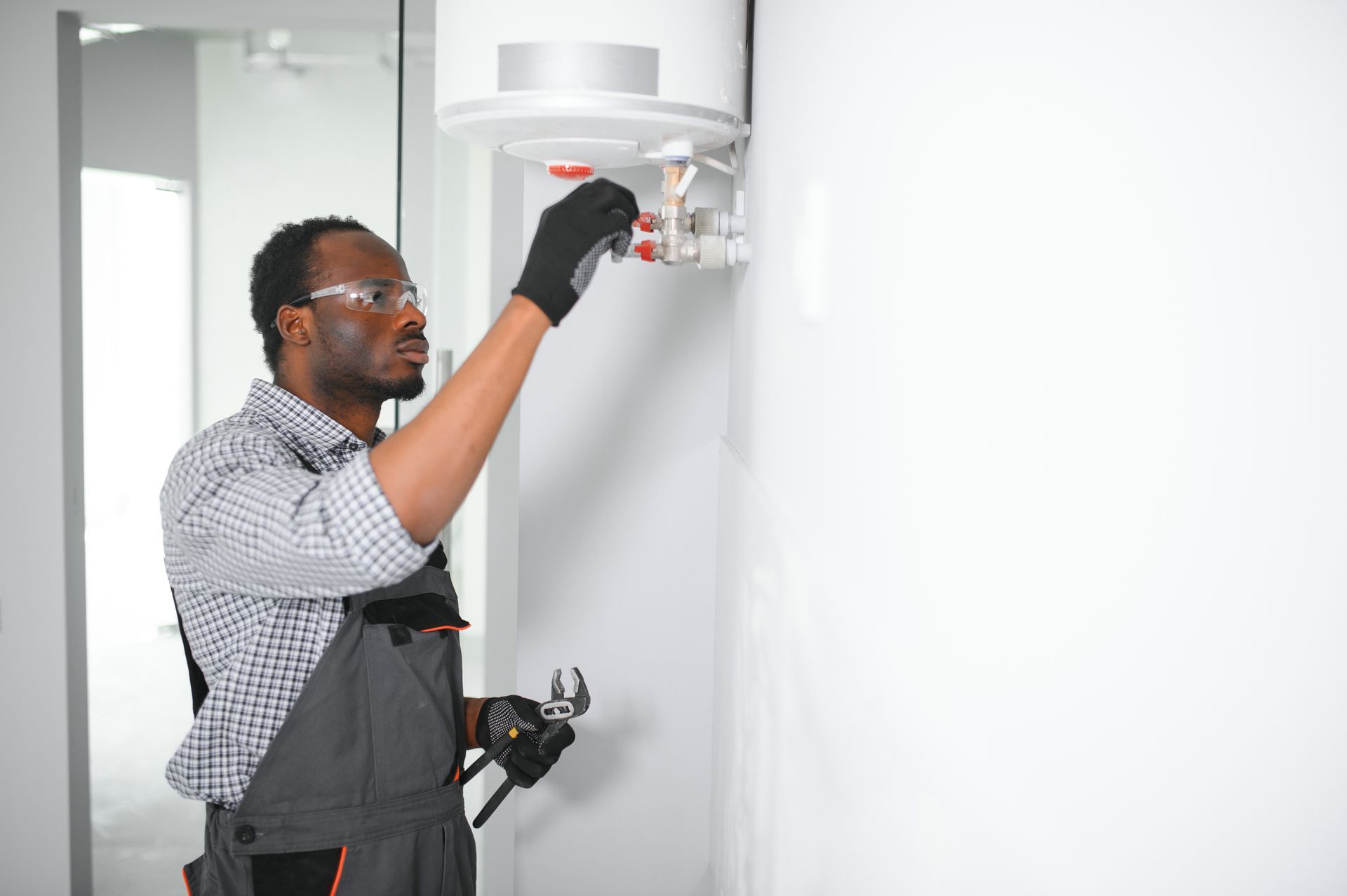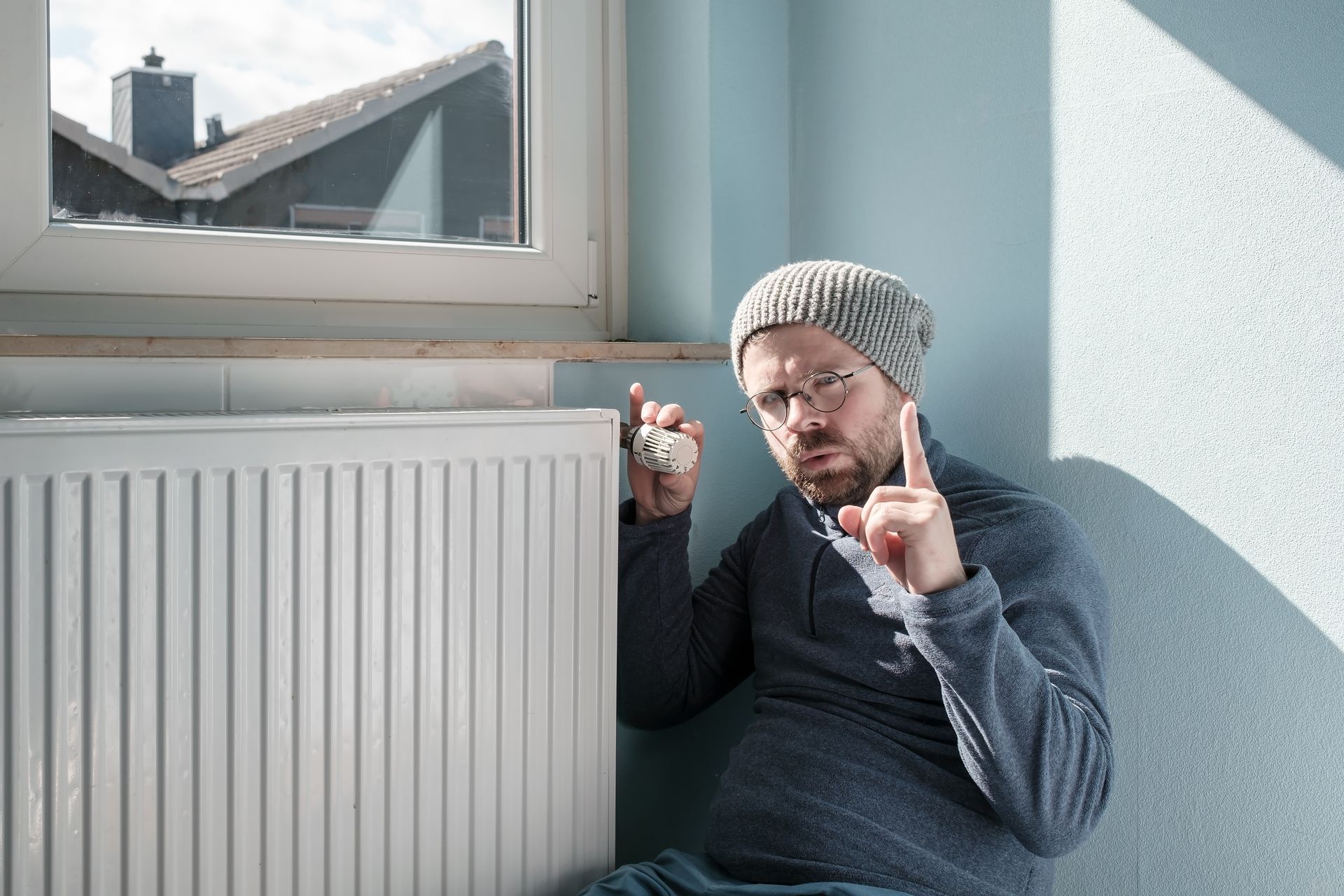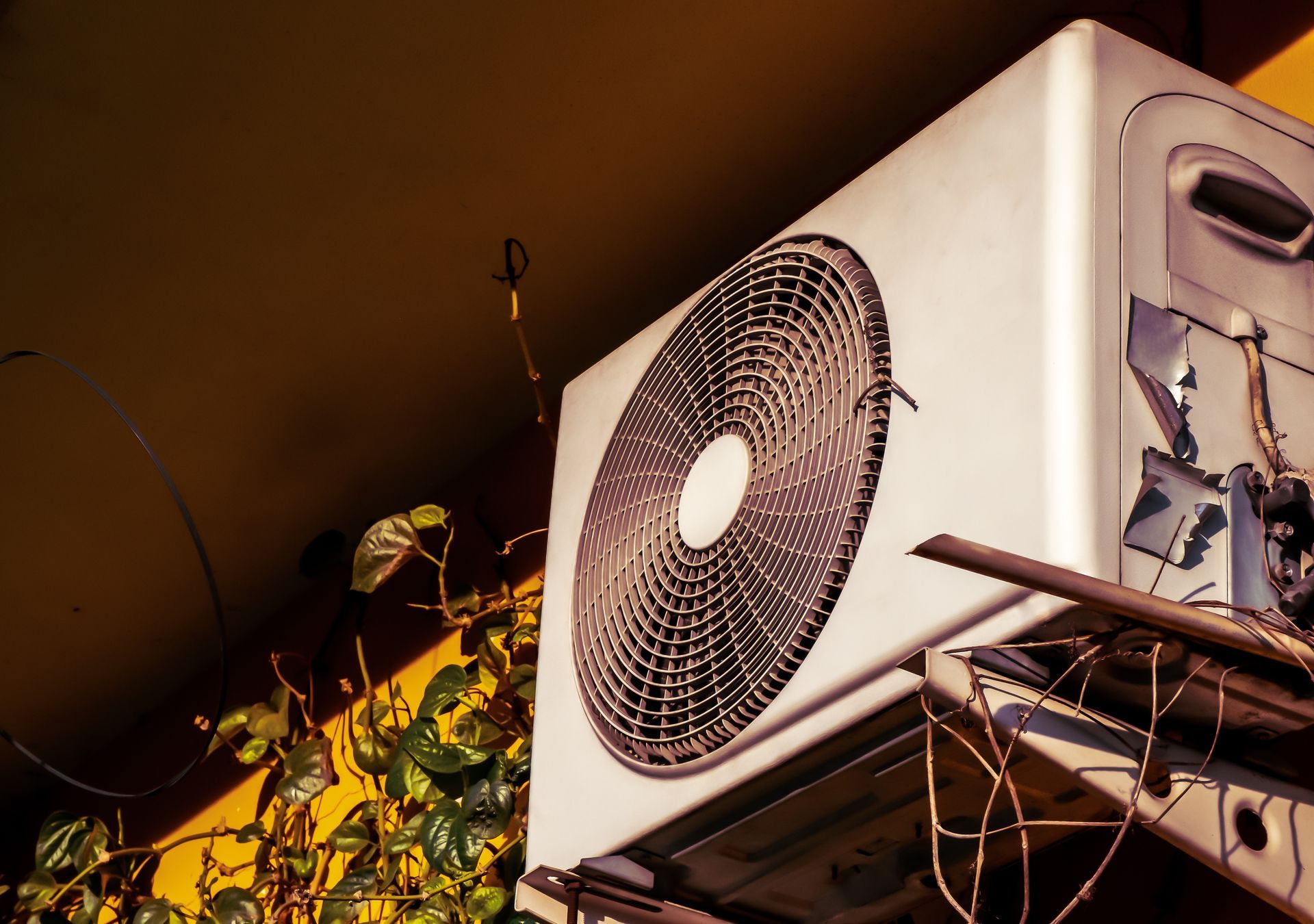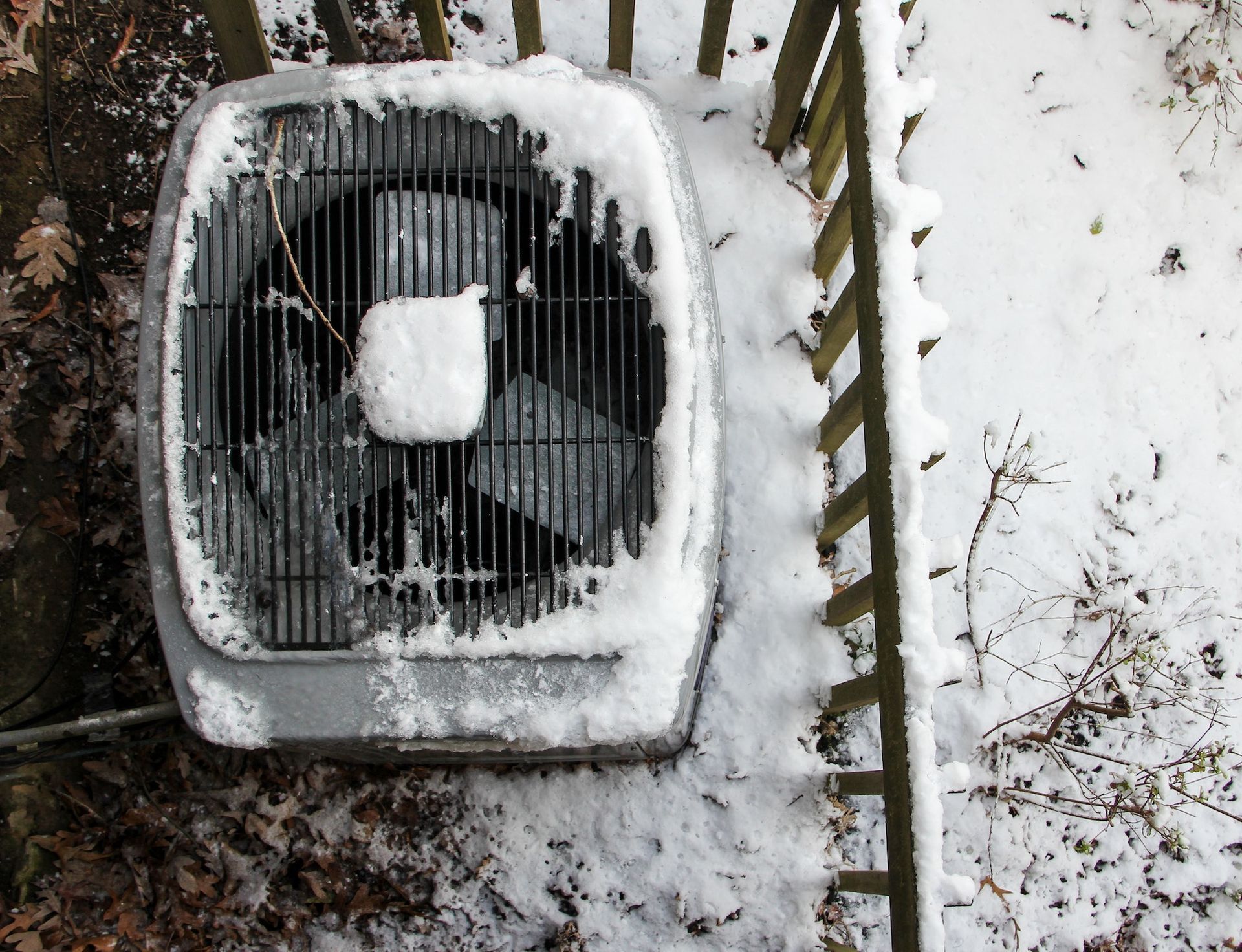HVAC Maintenance Plans and Better Indoor Air Quality
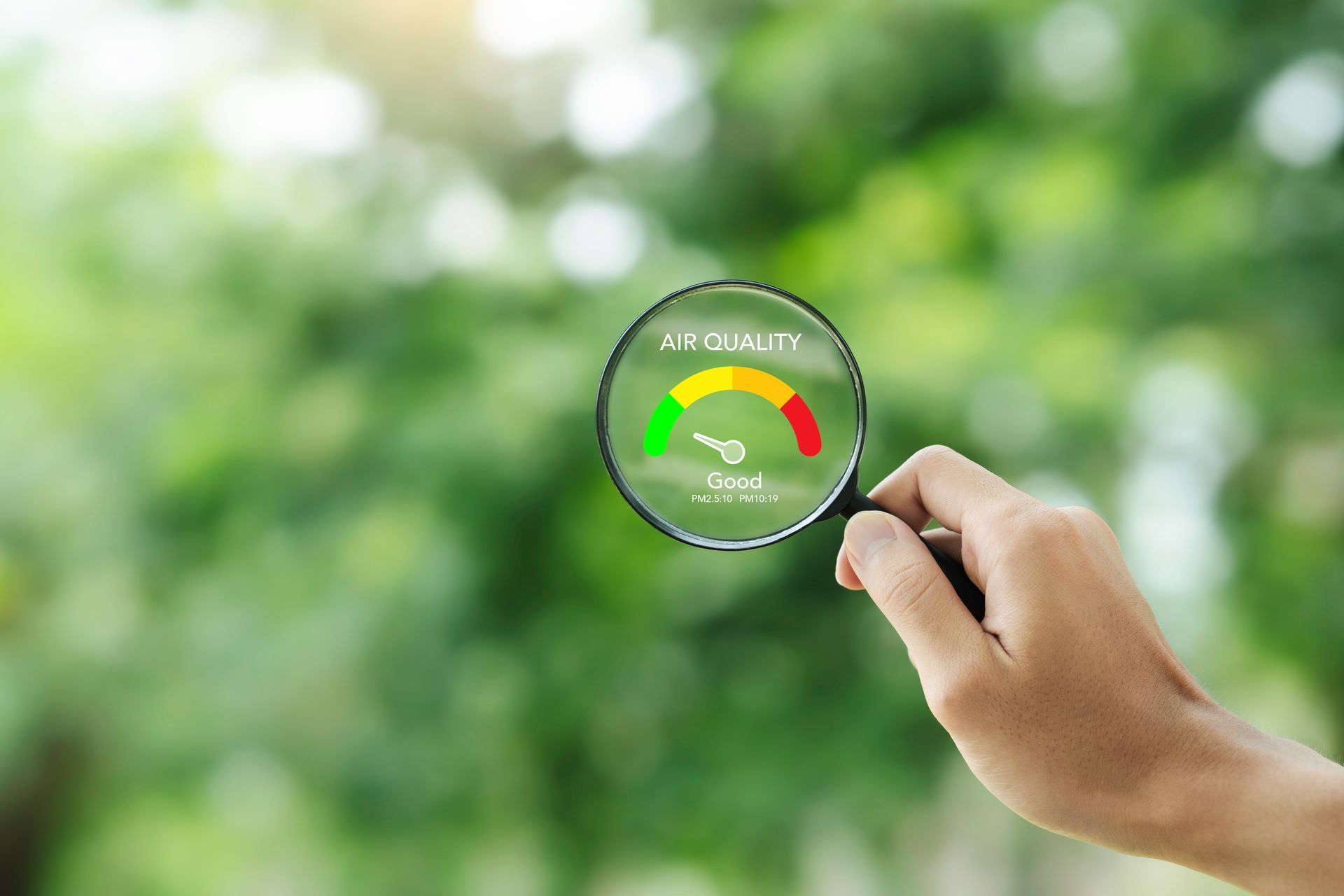
HVAC maintenance plans play a pivotal role in ensuring the efficient operation of heating, ventilation, and air conditioning systems. Regular maintenance not only extends the lifespan of these systems but also significantly improves indoor air quality. By routinely replacing filters, cleaning ducts, and ensuring that all components are functioning optimally, these plans help filter out pollutants, allergens, and dust from the air.
This is particularly beneficial for individuals with allergies or respiratory conditions, as it minimizes the irritants present in the indoor environment. Furthermore, well-maintained HVAC systems operate more efficiently, leading to reduced energy consumption and lower utility bills. Investing in a comprehensive HVAC maintenance plan is a proactive approach to maintaining a healthy indoor climate, enhancing comfort, and safeguarding the well-being of occupants.
To ensure better indoor air quality, it's essential to adopt a multifaceted approach beyond regular HVAC maintenance. Introducing air-purifying plants into your living or working space can naturally filter toxins from the air. Additionally, maintaining optimal humidity levels between 30% and 50% helps in reducing the presence of dust mites and mold, which are common allergens.
Investing in high-quality air purifiers, especially those with HEPA filters, can also significantly reduce airborne pollutants. Equally important is the practice of good hygiene and housekeeping, such as regular dusting, vacuuming with HEPA-filtered vacuums, and minimizing the use of volatile organic compounds (VOCs) found in certain paints, air fresheners, and cleaning products. Implementing these strategies can drastically improve indoor air quality, making your indoor environment healthier and more comfortable.
Ventilation is another critical factor in maintaining high indoor air quality. Enhancing natural ventilation by opening windows and doors when weather and environmental conditions permit can dramatically increase the exchange of indoor air with fresh outdoor air, diluting accumulated indoor pollutants. However, in scenarios where outdoor air quality is poor or during extreme weather conditions, mechanical ventilation systems become indispensable.
These systems, when properly installed and maintained, ensure consistent air exchange without compromising the indoor temperature or introducing outdoor pollutants. For buildings located in highly polluted areas, incorporating air filtration systems within the ventilation system can provide an added layer of protection against outdoor air contaminants. Together, these measures contribute to a healthier indoor environment by optimizing air quality and minimizing exposure to harmful pollutants.
Another essential aspect of maintaining superior indoor air quality involves monitoring and controlling the sources of pollutants. Identifying and mitigating the primary sources of indoor air pollution, such as tobacco smoke, pet dander, or chemical emissions from household products, is critical. For instance, ensuring that appliances such as stoves and heaters are properly vented to the outdoors can drastically reduce the levels of harmful gases like carbon monoxide and nitrogen dioxide in the indoor air.
Additionally, selecting low-emission furniture and building materials can significantly decrease the concentration of VOCs in your home or office environment. Regular inspections for mold growth, particularly in damp areas, and taking prompt remedial action, are also crucial in preventing its adverse health effects. By addressing these sources directly and making informed choices about the materials and products used indoors, individuals can significantly contribute to creating a safer and healthier air quality in their living and working spaces.
Teaming up with Adam’s Air Systems in Hamilton will keep your indoor air quality healthy! They have maintenance plans to fit your budget!
905-746-3853
